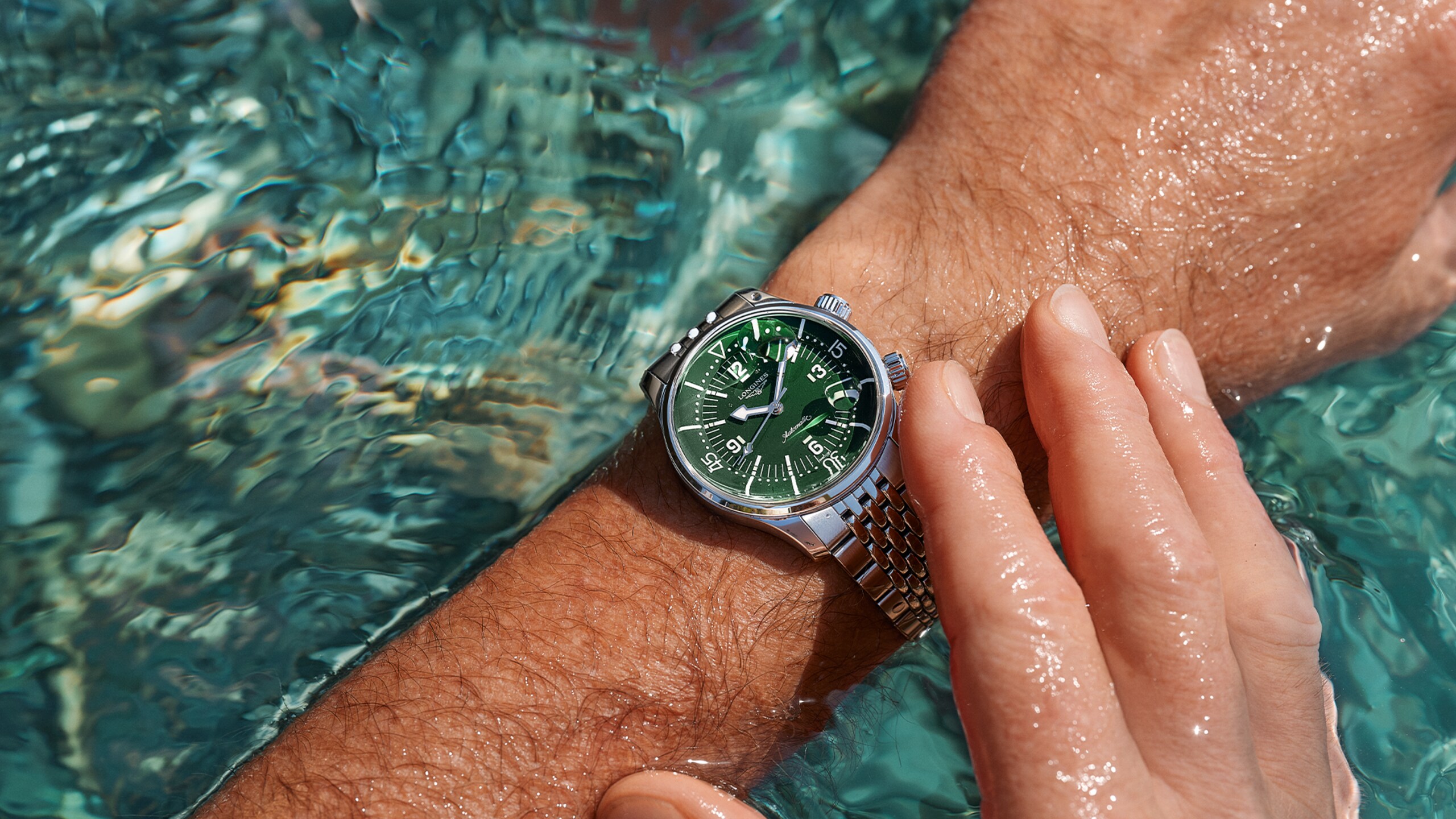
What Defines A Dive Watch?
For those dive enthusiasts who are looking for a watch that can go the distance (and depths), there are many watch options that may suit these needs.
For those dive enthusiasts who are looking for a watch that can go the distance (and depths), there are many watch options that may suit these needs. It is important to know, though, that just because a watch is water resistant, it does not mean it is suitable for recreational or professional diving. You may be able to jump in a swimming pool, but for scuba diving you need a watch that can withstand the pressure and depths of the deep blue sea.
In order to make a diving watch highly resistant to water pressure and changes in temperature of water, watch manufacturers must follow a set of standards when designing diving watches:
ISO 6425
Essentially, a dive watch has certain characteristics that make it safe for diving, with the most important factor being water resistance. The International Standardization Organization establishes the standards for dive watches and set the ISO 6425 standard in 1996 to govern this realm. ISO 6425 clearly states that a dive watch must be able to withstand depths of at least 100 meters while still keeping time accurately. This is a minimum, though, and many watches are water resistant to 200 or even 300 meters thanks to screw-in crowns and screw-down case backs.
Some diving watches may have a helium escape valve so they can go even deeper and then vent upon ascent. A helium escape valve allow built-up gasses to release from the watch in order to prevent the sapphire glass from removing during decompression. It is important to note that helium escape valves are typically only necessary in watches used by commercial divers who may need to spend days living under pressurized conditions.
Requirements for mechanical dive watches that are slightly different from quartz or digital dive pieces. These include the fact that the watch has a diving time indicator (usually on a rotating bezel) that allows for reading of dive time. Additionally, the minute markings should be clearly readable to demonstrate at a glance that it is running while underwater and in darkness. For this reason, most dive watches feature a running second hand with a luminous tip. A good dive watch should also be anti-magnetic to 4,800 ampheres and still be accurate to plus/minus 30 seconds a day.
Common Characteristics of Dive-Styled Watches
Water Resistance
Dive watches are engineered for heavy water activity, so it is important that these watches can withstand larger depths of water resistance. Most dive watches have a depth rating of at least 100 meters, while the average water resistance is 300 meters.


Rotating Bezels
An essential part of diving watches, a rotating bezel allows a diver to see how long they have been submerged underwater - otherwise known as elapsed time. Without a rotating bezel, a diver could misjudge their immersion time. Typically a rotating bezel will be either unidirectional or bidirectional. A unidirectional rotating bezel will be able to turn in one direction, while directional rotating bezels will be able to turn in both directions.
When beginning descent into water, the rotating bezel should be adjusted so that the arrow points to the minute hand. After time has passed, the user can measure the elapsed time from the beginning arrow point to the current time.
Screw-in Crown
Common for most diving watches, the watch will feature a screw-in crown to aid to the extreme water resistance. A screw-in crown creates a seal when closed completely, differing to a standard push-in crown. Adjusting the date and time on a screw-in crown is simple to operate. Simply unscrew the crown until it pops out and then pull the crown to the appropriate position to adjust the time/date. After adjusting, push the crown in while screwing it back in. It’s important to note that the crown should not be operated while near/under water - as water can enter the watch while the crown is unscrewed.

Legibility
When diving into deep waters, there is often extremely limited to no light for visibility. This is where legibility becomes an important physical trait of diving watches. A common feature of diving watches are large and easily identifiable indicators. This allows users to easily read the dial at a quick glance. Many dive-styled watches contain luminosity for low-light or dark environments that aid to the watch’s legibility in dark waters, often coating the indicators and hands in luminous material.
Material
Dive watches are built of a material that is rugged, durable and corrosion resistant. The salt water can wreak havoc on some materials, but surgical grade stainless steel and titanium are the preferred case materials for dive watches.
While water resistant watches came into being in the 1920’s, dive watches really got their start to answer the needs from the military in the 20th century for watches that could perform under water and were rugged enough to withstand the elements. With so many people taking up outdoor and water activities, dive-style watches have become highly sought after, in and out of the water for style and sport.
Discover more articles
View all